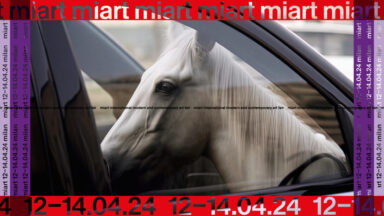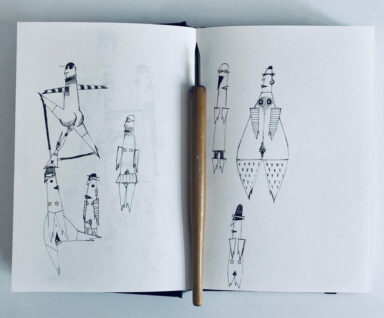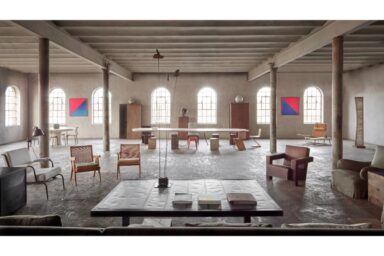21_21 DESIGN SIGHT IN TOKYO PRESENTS THE EXHIBITION “INSECTS: MODELS FOR DESIGN”, AN IN-DEPTH REVELATION OF THESE LITTLE BEINGS’ POTENTIALS FOR OUR EVERYDAY LIFE AND ARTISTIC PROGRESS…
Text by: Fiammetta Cesana

I can’t forget when two years ago, when I was in London taking my bachelor degree, I went to my university’s cafe to grab a snack as I was running out of energy during a long study shift, and the only one thing left at the counter was a… “cricket bar”. Immediately I thought it was just a marketing joke or something, and I was so hungry that I took it without thinking too much on that weird name. But then, while I was eating the bar (actually very tasty), I got curious and going through the ingredients behind the packing I read “cricket flour”. It was a truly protein bar made of chocolate and crickets!!
I was sure that eating insects was just a exotic journeys’ kind of experience (that I would have never tried anyways), instead I discovered that this practice is more and more taking root in Western countries and worldwide.
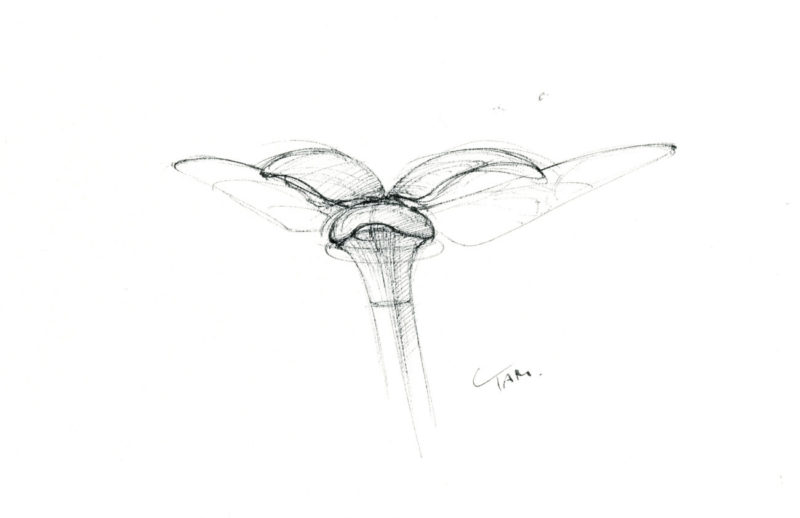
Regardless the common rejection of any living thing smaller than our hands with tiny furry legs, spiky antennae, and perhaps even stingers and a pair of wings… today’s scientific research has been increasingly outlining the numerous qualities of insects for our current daily habits and possible future existence.
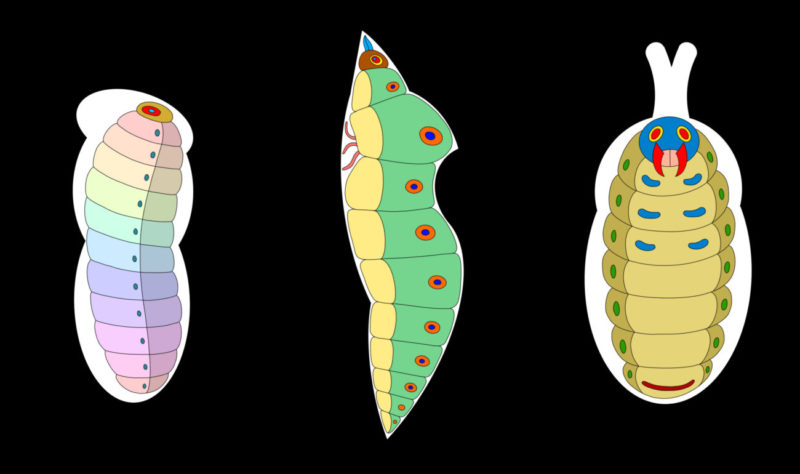
Not only science is interested in them, over the years indeed several artists have developed different aesthetic forms inspired by the world of insects. From the typically 70s jewelry collection of bugs and butterflies, to design objects as well as logos and prints of fashion brands featuring mosquitos, till whole artistic careers focused on beetles’ traces, such as that of the Belgian contemporary art representative Jan Fabre (featured in our issue 9), these little creatures turned out to be real protagonists of the arts.
Today, the Japanese 21_21 Design Sight decided to dedicate an entire exhibition to the life of insects, revealing their centrality in the design process of mankind’s future. The show is directed by the graphic designer Taku Satoh, and supervised by Takeshi Yoro, an anatomist and passionate of insects who built a memorial for them.
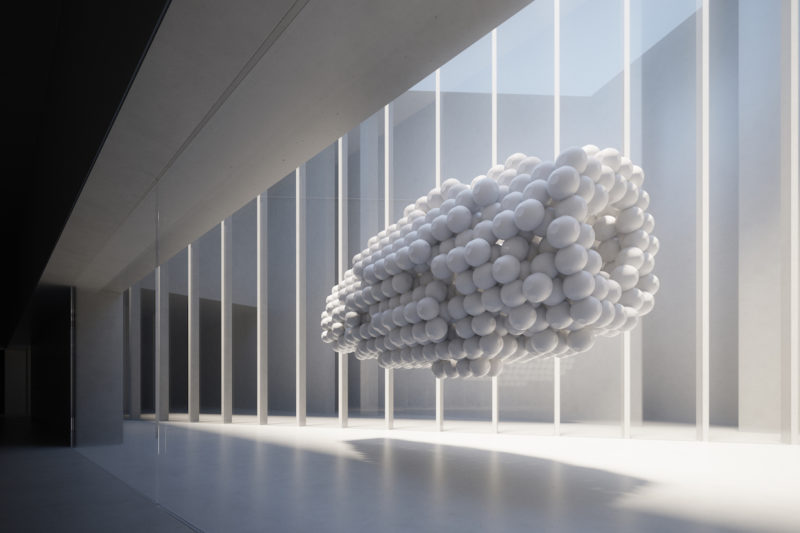
Designers, architects, structural engineers and artists show different projects, including artificial objects, robotic and architectural studies, all based on the various aesthetics and incredibly skillful structures – like the skeleton system and the wings’ folding – of insects. Considering that they have being evolving since much more time than humans, being able to survive the most dramatic environmental changes, it can be said they really hold the secret of earth’s life… From scientific to creative fields, insects represent an inexhaustible source of knowledge and inspirations, even for sustainable plans: many researchers argue that in our alimentary future we will see always more foods made of flies, crickets and aunts, just starting from high-protein flours.
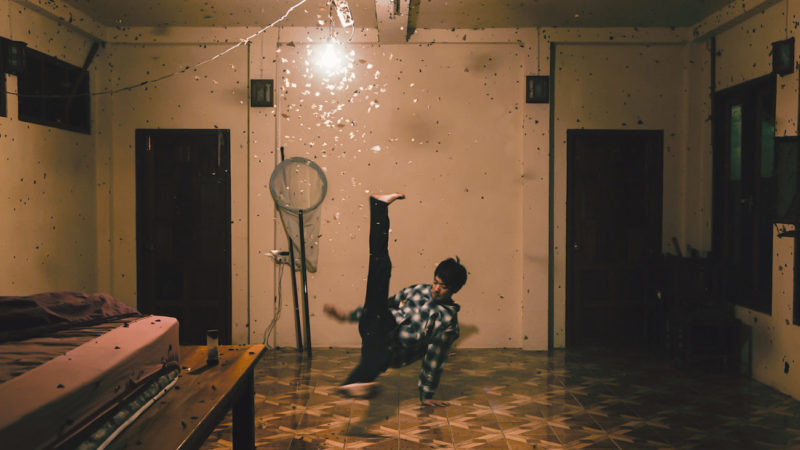
However, the multi-faceted potentials (much of which still unknown) of insects unfortunately are ignored by many, or worse, have become targets of exterminations, especially in cities like Tokyo. 21_21 Design Sight exhibition tackles the wrong perception of these beings accepted and carried out by society, so by making them actual “models for design”, presents the great relevance of insects, from their surprisingly functional anatomy which renders them so adaptable to their wide richness of shapes and colors.
“People now assume that an urban landscape devoid of insects is natural, and if they come across a little life-form their immediate reaction is to expel it, without any consideration of what it is that insects offer. So let us pause for a moment. How rudely we behave toward these great biological forebears! As a child I enjoyed collecting insects, and it was that recollection that first triggered the plan for this exhibition. I at once consulted Takeshi Yoro, the great insect lover, who has even built in Kamakura an insect memorial (mushi-zuka). Such is how this exhibition started. More and more interesting stories came to light as we discussed with insect experts.” – Director Taku Satoh said

Insects: Models for Design
21_21 Design Sight
Tokyo
Until November 4






